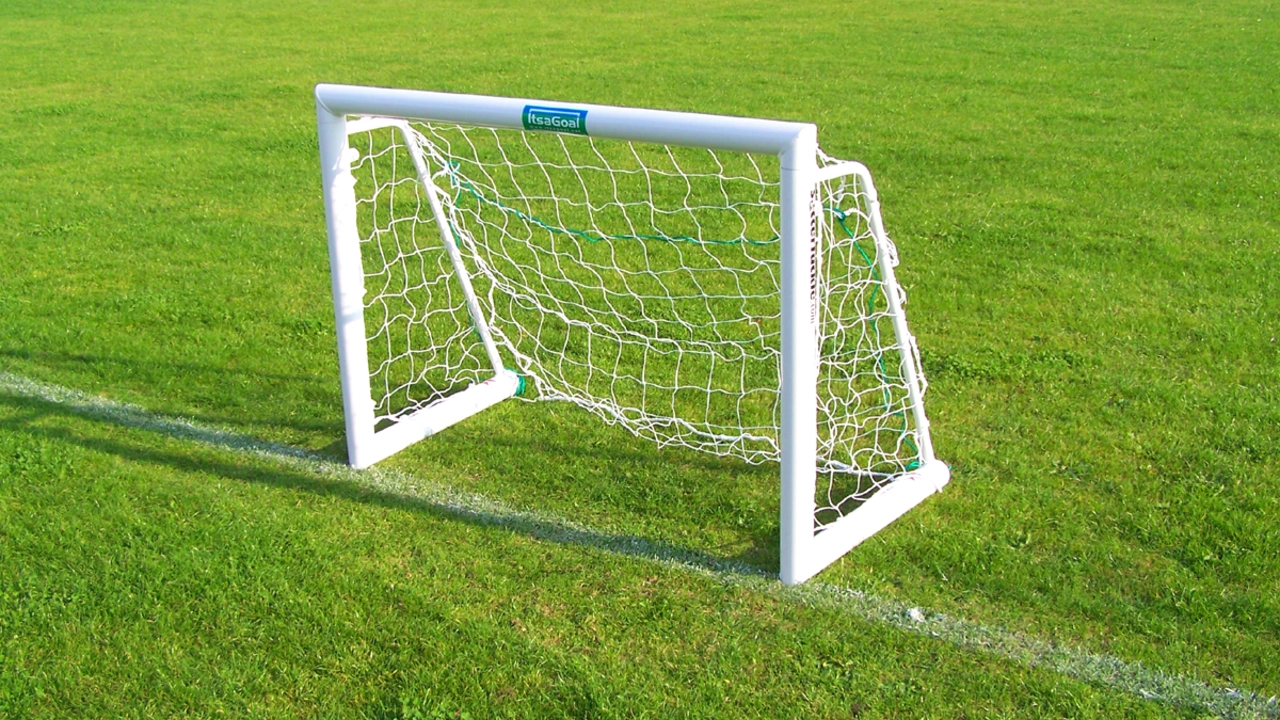In soccer, goal differential is a critical term that's calculated simply by subtracting the total number of goals a team has conceded from the total number they've scored. It serves as a key tiebreaker in league standings, giving us a clear picture of a team's defensive and offensive capabilities. If a team's goal differential is positive, it means they've scored more than they've conceded, which is always a good sign. On the other hand, a negative differential suggests the opposite. It's a simple yet effective way to measure a team's performance over a season.
Read more

